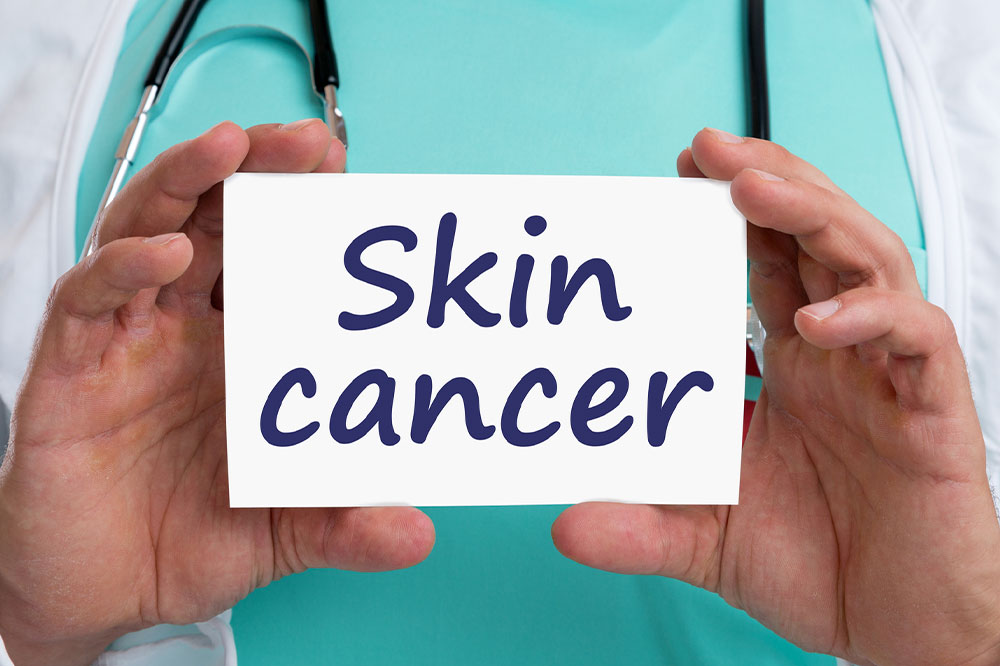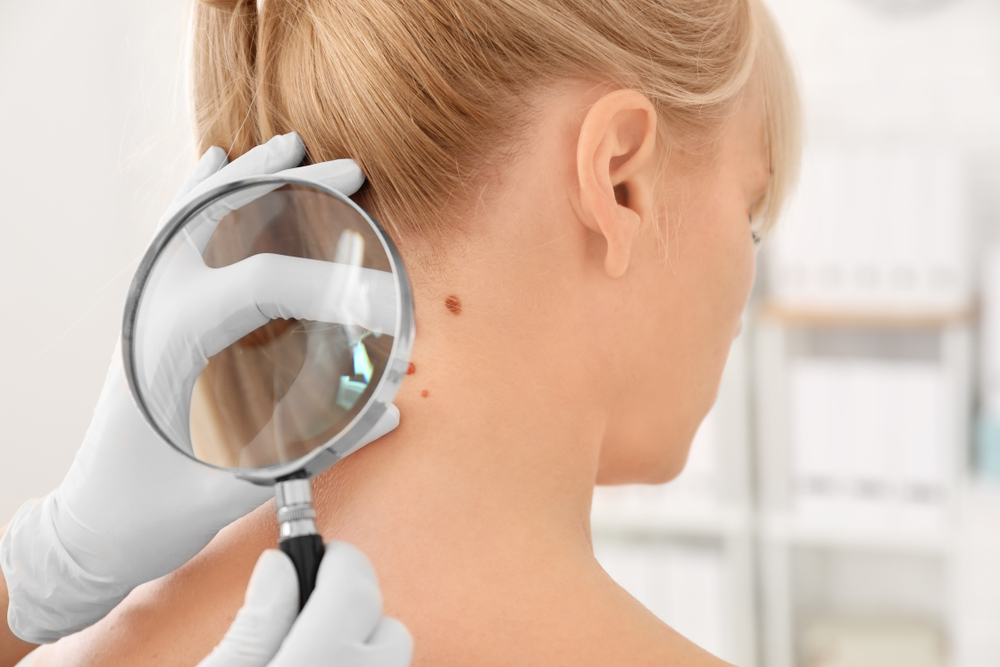Comprehensive Guide to Melanoma Skin Cancer: Key Facts and Early Detection Strategies
This comprehensive article on melanoma skin cancer covers its causes, risk factors, hidden forms, and early warning signs. It emphasizes the importance of early detection through the ABCDE rule and awareness of less obvious melanoma locations such as the eyes and nails. Understanding genetic and environmental triggers can help in prevention. Regular skin checks and prompt medical consultation are crucial in managing this potentially fatal disease. This guide aims to educate readers on the significance of vigilance and proactive skin health management to improve treatment outcomes and survival rates.

Comprehensive Guide to Melanoma Skin Cancer: Key Facts and Early Detection Strategies
Melanoma represents one of the most aggressive and potentially deadly types of skin cancer. Understanding its origins, risk factors, and early warning signs is essential for effective prevention and timely treatment. This comprehensive guide delves into the causes, risk factors, hidden forms, and detection methods for melanoma, providing vital information for individuals aiming to protect their skin health. With increased awareness and vigilance, early diagnosis can significantly improve survival rates and treatment options.
What Is Melanoma and How Does It Develop?
Melanoma develops when the DNA within melanocytes—the pigment-producing skin cells—suffers damage, leading to mutations that can trigger cancerous growths.
This mutation process often occurs during the natural cycle of skin cell renewal, where old or damaged cells are replaced with new ones. If the replacement process becomes uncontrolled due to genetic errors, it can form tumor masses characteristic of melanoma.
While the exact triggers for these mutations are not fully understood, ultraviolet (UV) radiation from excessive sun exposure is recognized as a primary environmental factor contributing to melanoma risk.
Additionally, genetic predisposition plays a significant role, with some individuals inheriting gene mutations that make them more susceptible to developing melanoma, even in less sun-exposed areas.
Understanding what causes melanoma is key to prevention. While environmental factors like UV exposure are critical, genetics also heavily influence susceptibility, emphasizing the importance of personalized risk assessment.
Major Risk Factors for Melanoma
Numerous factors can elevate an individual's likelihood of developing melanoma, including:
History of Severe Sunburns: Repeated cases of blistering sunburns, especially during childhood or adolescence, significantly increase the risk of abnormal melanocyte growth, which can lead to melanoma later in life.
Skin Type: Fair-skinned individuals with lighter eyes and hair, who produce less melanin, are generally more vulnerable because their skin offers less natural protection against ultraviolet rays.
High UV Exposure Environments: People living in regions close to the equator, at high altitudes, or in coastal areas with intense sunlight are at elevated risk due to increased UV radiation levels.
Genetic Factors: A family history of melanoma or other skin cancers raises the genetic predisposition, requiring individuals with such histories to monitor skin changes diligently.
Understanding Hidden Melanomas and Less Obvious Forms
Not all melanomas are easily visible or located in obvious areas. Several less apparent locations pose challenges to detection:
On Mucous Membranes: Melanoma can occur in mucous tissues of the reproductive and urinary systems, such as the vagina or urethra. These are often mistaken for common infections or irritations, leading to delayed diagnosis.
In the Eye (Ocular Melanoma): This rare form affects the uveal layer beneath the sclera, with potential symptoms including vision disturbances. Regular eye exams are critical for early detection, especially in high-risk populations.
Subungual Melanoma: Also known as acral lentiginous melanoma, this variant occurs beneath the nails of fingers and toes. It is more common among darker-skinned individuals and can be mistaken for typical nail injuries or fungal infections.
Recognizing the Signs and Symptoms of Melanoma
Early identification of melanoma significantly enhances treatment success. The key lies in observing changes in skin appearance, especially new or evolving moles. The ABCDE rule remains an invaluable tool for laypersons and professionals alike:
A – Asymmetry: When one half of a mole or pigmented lesion does not match the other, it warrants further evaluation.
B – Border: Irregular, scalloped, or poorly defined edges can be indicative of melanoma.
C – Color: Uneven coloration, with multiple shades of brown, black, or even red and white, suggests abnormality.
D – Diameter: Lesions larger than 6mm—the size of a standard pencil eraser—should be examined closely.
E – Evolving: Any change in size, shape, color, or sensation of a mole is a red flag.
Additional symptoms to monitor include:
Redness or swelling beyond the borders of the mole.
Surface alterations such as oozing, bleeding, or the appearance of bumps or nodules.
Darkening or spreading pigmentation into the surrounding skin.
Regular skin self-examinations and dermatologist visits can facilitate early detection, saving lives and reducing the severity of treatment.





